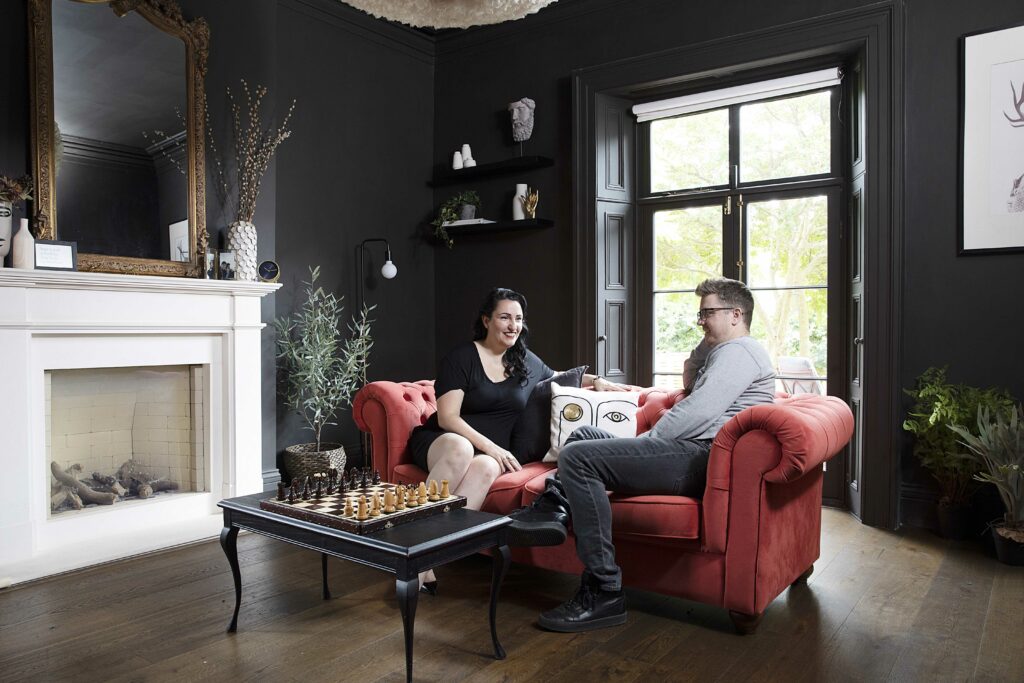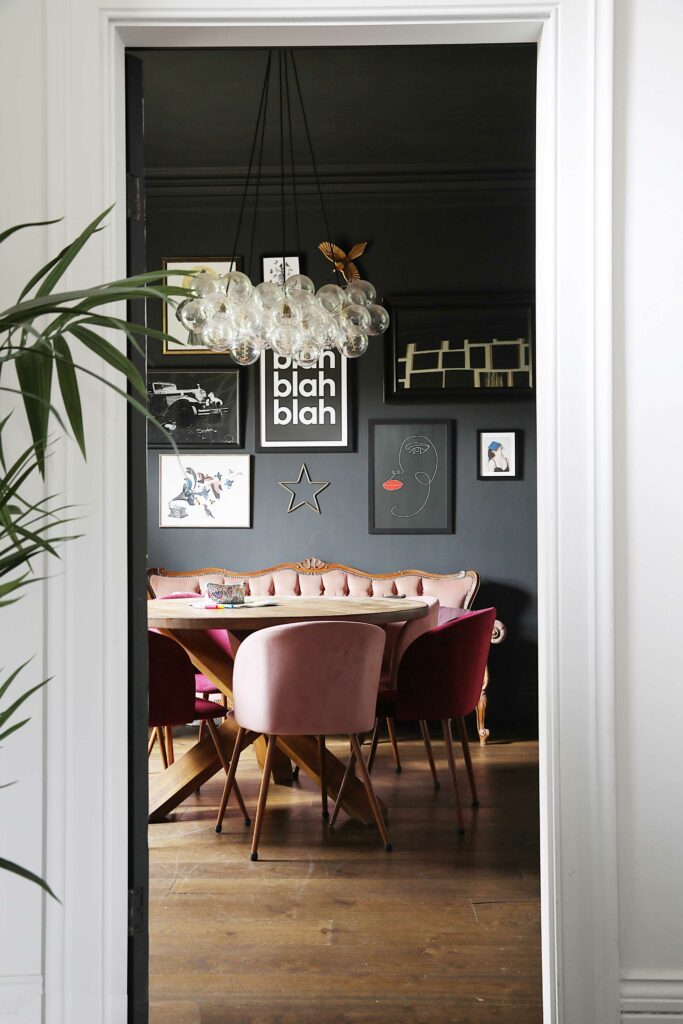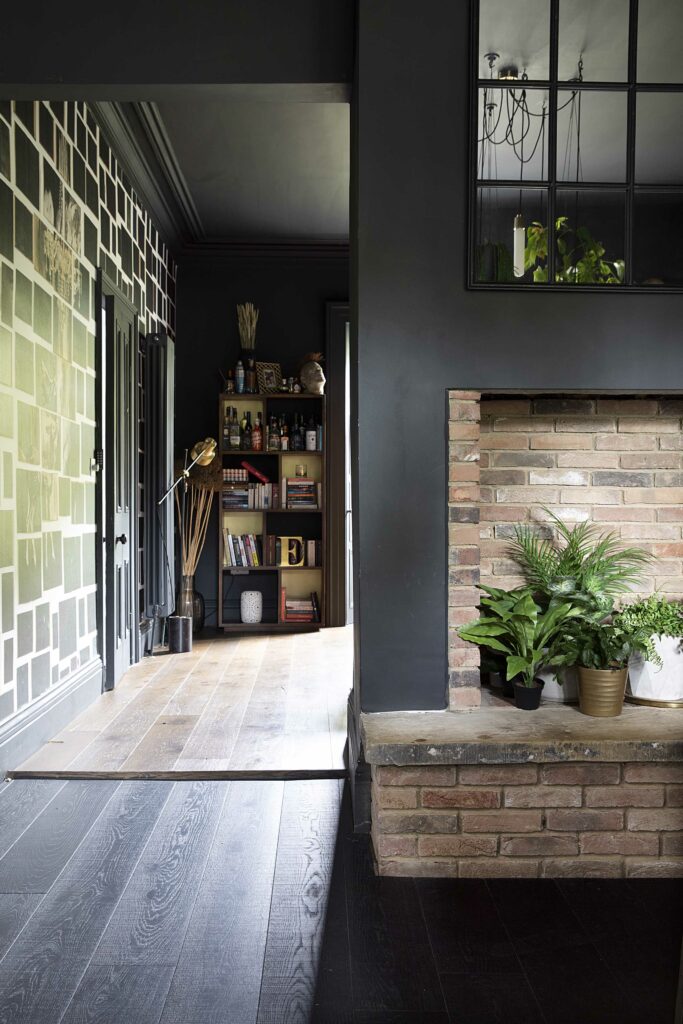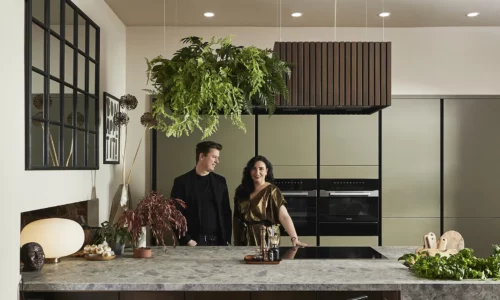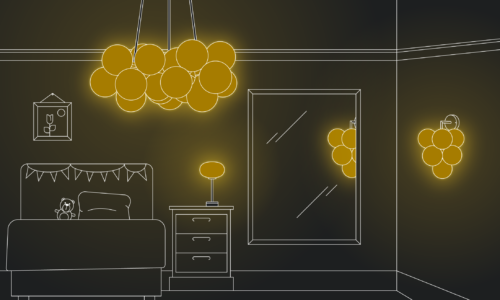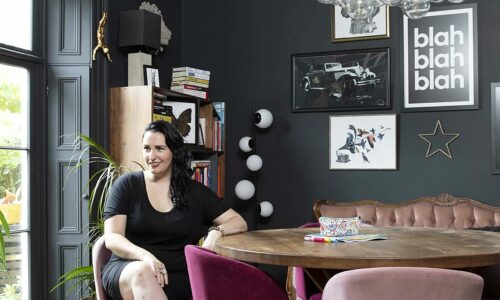Ally Dowsing-Reynolds on designing a home for your brain’s unique wiring
This article first appeared in Real Homes Magazine in January 2022.
All photography by Katie Lee, Beautiful Homes in the North.
October is ADHD Awareness Month, providing reliable information about ADHD based on science and peer-reviewed research. This year’s theme is ‘Understanding a Shared Experience’, and to celebrate, our CEO, Ally Dowsing-Reynolds, will be sharing her advice on creating a home that works for wonderfully neurodiverse minds.
Our D&R founder James is diagnosed with ADHD and ASD (Autism Spectrum Disorder) and Ally was diagnosed with ADHD in her early 40s. Together, they’re keen to help others embrace their neurodivergence.
Researchers estimate at least 15-20% of people in the UK are neurodiverse (Autism Spectrum Disorder, ADHD, dyslexia, OCD, dyspraxia, bipolar and more). And many of us, especially women, don’t realise and we go undiagnosed.
After over a year of lockdowns and being in our homes much more, I think we all realise that our surroundings can really affect the way we feel on a daily basis. For neurodiverse brain wirings, our homes can affect us even more.
I have high functioning ADHD. Most think of hyperactive young boys who can’t sit still, but I’m a 41 year old woman. I usually have no problem sitting still, and I was diagnosed only three years ago. Many of us who realise we are neurodiverse late in life are good at masking the symptoms, even from ourselves. But we also tend to learn more about our minds as we get older and life events like childbirth and perimenopause can make symptoms more noticeable.
I personally love my neurodivergence.
Life is full of colour and interest for me.
My ADHD means I can be an intense, all or nothing kinda gal. My brain works fast, it can zip around like lightning and make connections quickly. It enhances my enthusiasm, intelligence, determination, passion, ingenuity, and creativity. It’s not all a bed of roses though. Some of the challenges it gives me are being either hyper-focused or scatter-focused, my working memory can play up, I get over-stimulated by some things, I can be impulsive with shopping, I struggle with perfectionism, I can become overwhelmed by strong emotions and I can be pretty messy.
… And if you’re thinking that this might sound a little like you sometimes? Well, everyone is on the spectrum. All of us have traits. Diagnosis only occurs when it’s causing daily issues (everyone goes to the toilet… But if you’re going every 5 mins, it’s a problem).
Consider how you want to feel in each room
Whether you are fully diagnosed, or just a little on the spectrum, I’ve got some pointers for us all to think about, which come from my own experience of having ADHD and a wonderfully neurodiverse husband who is diagnosed with ADHD and ASD (Autism Spectrum Disorder). I personally love my neurodivergence. Life is full of colour and interest for me. It’s led me to pioneering our way of approaching interior design at Dowsing & Reynolds. I absolutely understand the importance of how we feel in a room – not just how we use the room and how we express our personalities in them. How a room feels is so important and room layout can really affect this.
Neurodiversity covers a wide range of brain wirings, so I’m going to focus on the largest pool of neurodiverse people, those with ADHD like myself.
Room layout can impact our sensitivity to our surroundings and it can help to reduce distractions and aid organisation. Neurodiversity like ADHD and ASD is often focused around sensory issues, with us mostly being either over- or under-sensitive to sounds, touch, sights and smells.
An open plan layout can be great for feeling together as a couple or family, but this can sometimes be tricky for our neurodiverse brains. Sounds, smells and sight distractions can be more pronounced. A more broken plan layout might be the way to go, adding in the ability to close off spaces if someone is feeling a little overstimulated and wants to shut off distractions.
If you can design your home truly with you in mind,
you’ll be on the right path.
Making sense of your space
We have a Grade II listed Victorian house, which means we are blessed with high ceilings, decent sized rooms and fixed spaces. We love the features that this sort of house gives us, however after living here for five years, we’d like more balance. When James is cooking in the kitchen and I’m having a break on the sofa reading a magazine, he’ll often want to chat to me. So it would be great to be able to open things out.
However, I particularly can be sensitive to sounds, so I wouldn’t want this all the time. James is sometimes watching a movie fairly loudly in the living room whilst our three-year-old daughter wants to watch Paw Patrol in another room that I’m in. The resulting soundclash drives my ADHD brain crazy, so being able to shut rooms off is really helpful.
But room layout doesn’t just have to be about helping with the challenges of ADHD, it can also promote the up-sides. Our minds need active play, so rather than being tempted to slump in front of Netflix every evening, sometimes it can be good to treat our minds to playing board games, chess or anything else that is low-level play. We have two sofas facing each other in our living room, so we can chat to each other more easily and play chess when we fancy a break from the box set.
We’ve learnt even more about ourselves since being diagnosed and for us it’s a continued learning curve to finding a healthy balance in our homes that best suits our nuances. If you can design your home truly with you in mind, you’ll be on the right path.

